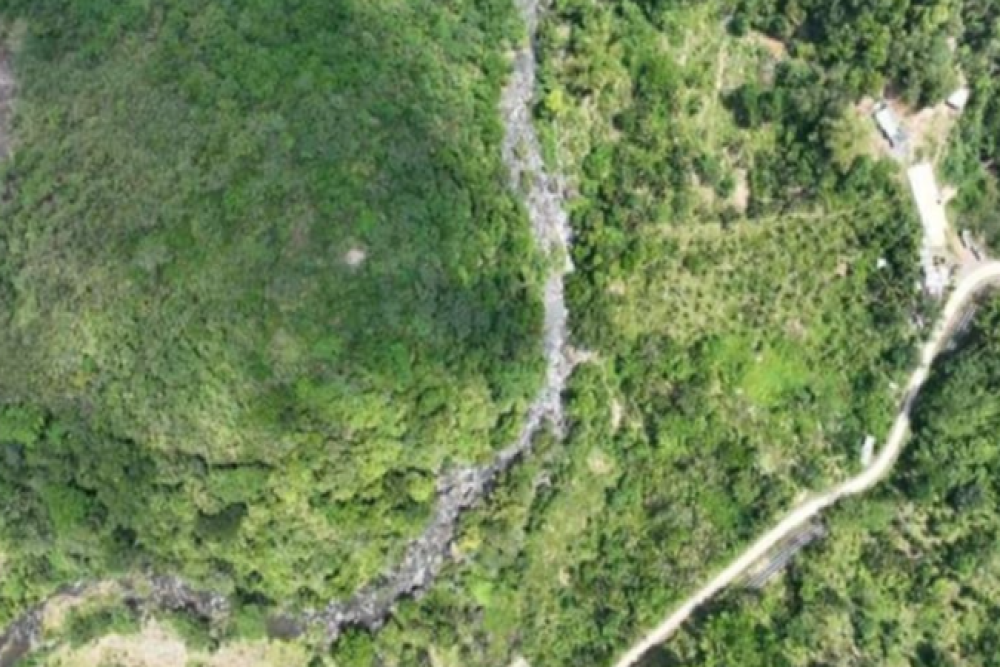In a progressive step toward balancing economic growth with environmental care, the Provincial Government of Quirino has formed the Provincial Land Use Committee (PLUC) under Executive Order No. 1, series of 2025, issued by Governor Dakila Carlo “Dax” E. Cua.
The PLUC’s role goes beyond policy enforcement; it serves as a vital platform for communication, collaboration, and participation among various government agencies, civil society groups, and communities. Tasked with guiding the sustainable management of Quirino’s land and natural resources, the committee recently began reviewing the Comprehensive Land Use Plans (CLUPs) of the province’s six municipalities, starting with Nagtipunan, the first to submit its plan.
As the highest technical and policy review body on land use in Quirino, the PLUC bridges local government units and national agencies, ensuring that development plans reflect shared goals and community needs while protecting the environment.
Cua chairs the committee, with the Sangguniang Panlalawigan Committee on Environmental Protection, Climate Change, Housing, and Land Utilization as co-chair. Its membership is broad, including provincial offices such as Planning and Development, Agriculture, Environment and Natural Resources, Disaster Risk Reduction, Engineering, Tourism, Legal, and the Office of the Provincial Assessor. Representatives from accredited NGOs, civil society organizations, and community groups like the Community Forest Foundation of Quirino, Inc., and the GIS Mapping Unit also play an active role, emphasizing the committee’s commitment to inclusive governance.
National government agencies, including the Departments of Agrarian Reform, Agriculture, Environment and Natural Resources, Interior and Local Government, Public Works and Highways, Trade and Industry, Science and Technology, Human Settlements and Urban Development, Tourism, and the Mines and Geosciences Bureau, join forces with the provincial body to ensure a cohesive, well-communicated land use framework.
Beyond technical review, the PLUC acts as a conduit for information sharing and public engagement, ensuring that land use decisions are transparent and responsive to local realities. It mandates that municipal plans align with the Provincial Development and Physical Framework Plan (PDPFP), provincial land use policies, and national standards, while also incorporating disaster risk reduction and climate adaptation strategies.
During the PLUC’s inaugural meeting on July 30, 2025, members began an in-depth evaluation of Nagtipunan’s CLUP. The Secretariat is tasked with consolidating inputs and recommendations, which will be communicated back to municipalities for refinement—showcasing the committee’s iterative, consultative process.
Provincial Administrator Carmelita B. Jimenez, who led the meeting on behalf of Governor Cua, emphasized the committee’s role as a “vital mechanism for building a safer, greener, and more resilient Quirino.” She highlighted the importance of grounding land use decisions in science, inclusivity, and sustainable development principles, while fostering community awareness and participation.
“The PLUC is more than a legal formality—it reflects our shared responsibility to safeguard Quirino’s resources for current and future generations,” Jimenez said. “Transparency and foresight will guide us as we chart the province’s development path.”
Aladin A. Ancheta, OIC-Provincial Planning and Development Coordinator, underscored how the committee strengthens inter-agency communication and ensures that policies respond to pressing challenges like climate change, disaster risk, and ecosystem protection, while also creating livelihood and economic opportunities for local communities.
The Department of Human Settlements and Urban Development (DHSUD) presented guidelines from Memorandum Circular 2021-005, which sets standards for the review and approval of CLUPs—serving as a communication tool to align provincial and municipal efforts.
To further enhance coordination and technical exchange, the committee agreed to designate focal persons from provincial and national agencies to the PLUC Technical Working Group (TWG). This approach promotes continuous dialogue, quicker problem-solving, and effective information dissemination.
With the PLUC now fully operational, Quirino demonstrates how strategic communication, stakeholder engagement, and collaborative governance can support responsible land use planning—ensuring that development meets today’s needs without compromising the well-being of future generations.
PIA PHOTO


